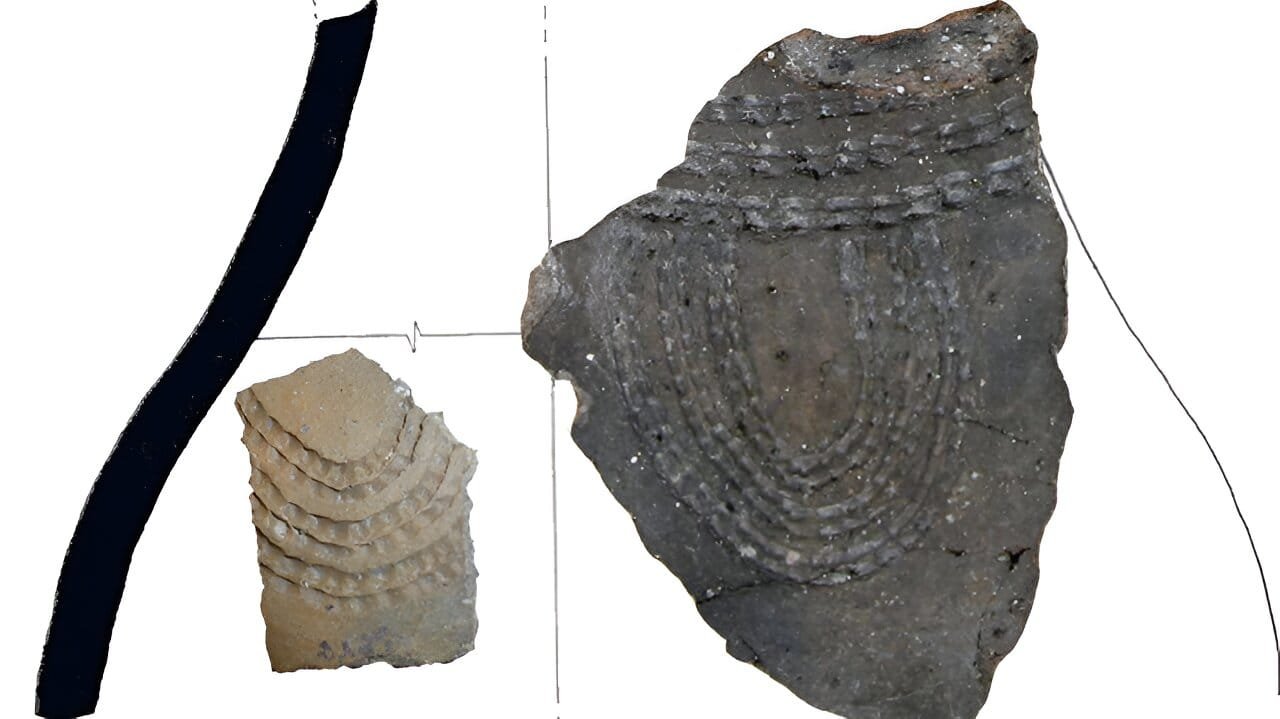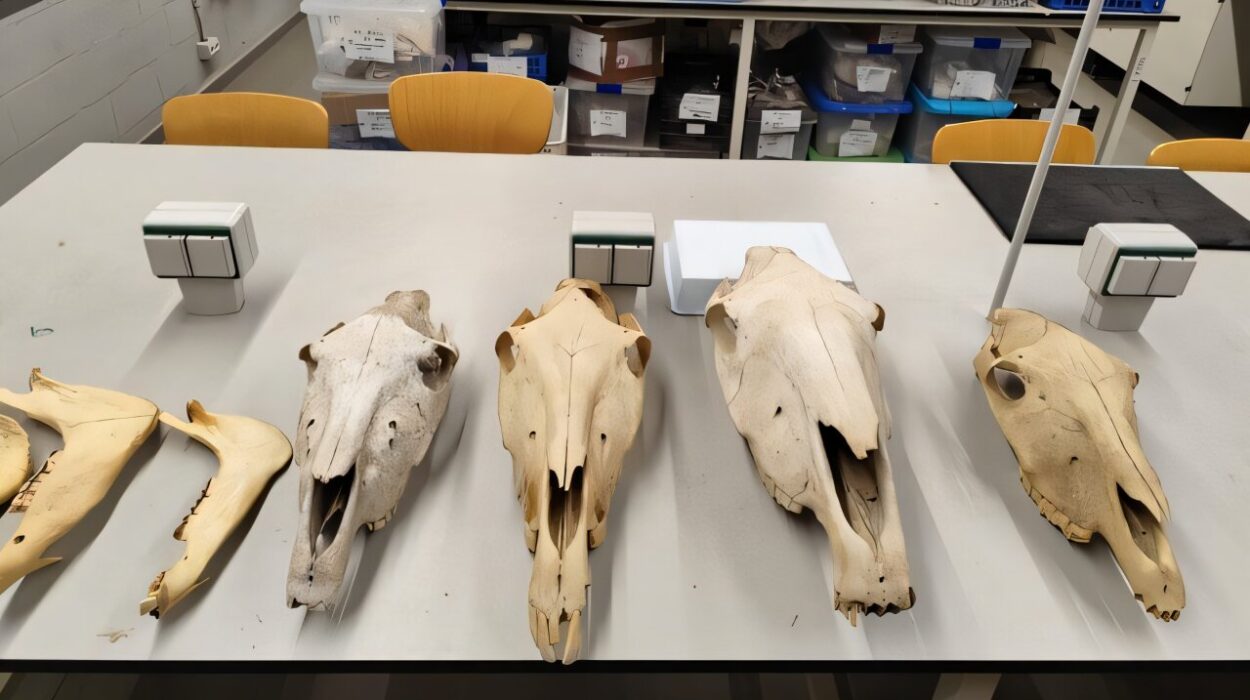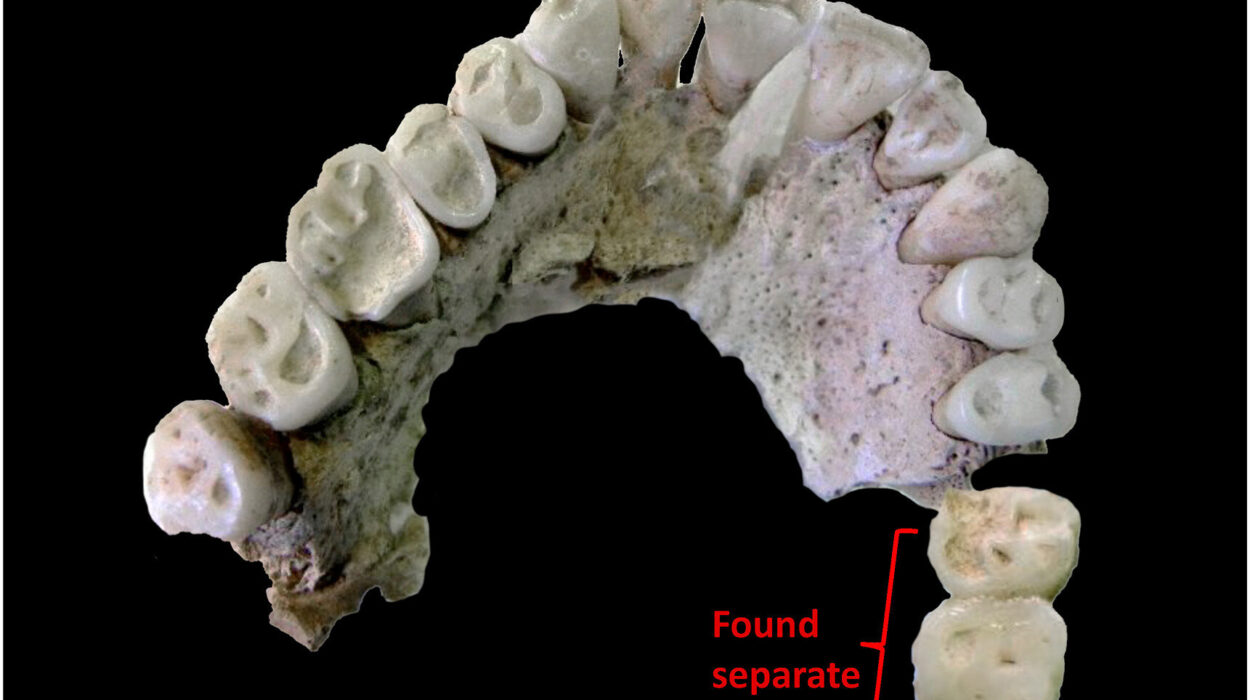For thousands of years, the mountains of the Pyrenees stood in silence, their ancient caves cradling the remains of lives long gone. Hidden beneath layers of earth, pottery shards rested untouched, their surfaces once shaped by Neolithic hands. Now, millennia later, those fragments are beginning to speak.
A collaborative study by researchers from the Universitat Autònoma de Barcelona, the University of Zaragoza, and the University of Strasbourg has pulled back the veil on the daily lives of early mountain dwellers. Through groundbreaking chemical analysis of 7,500-year-old pottery from the Chaves and Puyascada caves in Huesca, Spain, scientists have uncovered the first direct evidence of dairy consumption and processing in the Pyrenees during the dawn of the Neolithic age.
This discovery doesn’t merely add a footnote to history—it rewrites a chapter. It challenges long-held assumptions about how quickly human innovation spread into mountainous regions and reveals a level of complexity in early farming communities that had previously gone unrecognized.
Echoes from an Unexpected Place
The Neolithic era, which began around 10,000 years ago, marked a dramatic transformation in human society. People began to settle, farm, and domesticate animals, slowly shifting from a nomadic hunter-gatherer lifestyle to a more structured agricultural one. For a long time, archaeologists believed that this transformation occurred more gradually in mountain regions than along fertile coasts or river valleys.
But the pottery from the Pyrenees tells a different story.
Buried in the soil of Cueva de Chaves, located at 640 meters above sea level, and Espluga de la Puyascada, perched higher still at 1,300 meters, were ceramic vessels whose walls had absorbed the microscopic signatures of ancient meals. These pots, unearthed and preserved in the Huesca Museum, became the unlikely key to unlocking the dietary and economic practices of these early communities.
Using state-of-the-art techniques—such as isotopic characterization of fatty acids and analysis of organic residues—scientists were able to extract and identify tiny traces of animal fats, vegetable matter, and even pine resin from within the porous clay.
And within those residues, they found something extraordinary: the unmistakable biochemical fingerprint of milk fats.
The Milk Revolution Reconsidered
Dairy farming is often thought of as a relatively late innovation in prehistoric Europe, particularly in remote or rugged environments. Previous theories held that it was only after extensive contact with more developed agricultural centers that mountain communities adopted practices like milking and dairy processing.
But the Pyrenean evidence, now scientifically verified and published in Archaeological and Anthropological Sciences, defies that timeline. It shows that dairy consumption had already taken root in these mountainous regions by around 5500 BCE.
The dairy fats were not randomly distributed either. Their presence strongly correlated with specific forms of pottery, suggesting that these vessels were not just used for cooking or storing food, but were purposefully designed for processing, consuming, and preserving milk-based products. This points to a sophisticated understanding of material technology—knowing which shapes and sizes worked best for certain functions.
Rather than lagging behind their coastal counterparts, these mountain communities appear to have been active participants in the early wave of agricultural innovation.
More Than Milk: A Diet Revealed
The Neolithic pots had more to share. Alongside milk fats, researchers also identified traces of pig-derived products in the pottery, offering direct evidence that pig farming and processing were significant components of these early Pyrenean diets.
What emerged from the study was a picture of a mixed economy, where animal husbandry and farming coexisted and complemented each other. Sheep and goats likely roamed the mountain slopes, providing both meat and milk. Pigs were raised closer to home, fed perhaps on scraps, and carefully butchered and stored. The presence of vegetable matter within the pots—likely from processed plant foods—adds yet another layer to this culinary complexity.
In fact, the variations between the two cave sites suggest local adaptations and specializations. At the higher-altitude Espluga de la Puyascada, residues indicated a greater reliance on ruminant meat, while at Cueva de Chaves, pig-derived fats were more prevalent. These differences may reflect the surrounding environment, seasonal movements, or even cultural preferences.
And then there was the pine resin.
Traces of it were found lining the inside of several pots. This was not accidental. Pine resin, a naturally water-resistant and antibacterial substance, was likely used as a sealant—an early technological innovation to waterproof ceramic vessels and preserve food longer.
These weren’t primitive people fumbling their way through survival. They were inventive, adaptive, and acutely aware of how to use the natural resources around them.
Challenging Old Narratives
Lead author Nàdia Tarifa, then a researcher at the University of Strasbourg, notes that these findings directly challenge the assumption that mountain communities were culturally or technologically “behind” their lowland neighbors.
“It was always thought that prehistoric social dynamics in mountainous regions were slower or ‘less evolved’ than in coastal regions,” she explained. “But our study adds solid proof to previous faunal evidence that dairy farming was already well-established in these mountain areas very early in the Neolithic.”
This discovery reshapes our understanding of prehistoric Europe. It supports a growing body of evidence that innovation was not a linear process radiating outward from a few cultural centers. Instead, it suggests that ideas, technologies, and traditions spread in a more dynamic and uneven way—carried by people who were curious, pragmatic, and often surprisingly well-adapted to the landscapes they inhabited.
From Prehistoric Diet to Modern Insight
Beyond its historical significance, the study offers a fascinating glimpse into the human relationship with food—one that remains relevant today.
The shift to dairy production was not just about survival; it was about storing energy, creating portable nutrition, and perhaps even developing early forms of cuisine. Fermenting milk into yogurt or cheese would have made it more digestible for people who lacked the genetic mutation for adult lactose tolerance—a trait that evolved much later.
These ancient pots show that even in harsh terrain, early farmers were experimenting with processing techniques, adapting to their surroundings, and making decisions that shaped not just their diets but their entire way of life.
As co-author Alejandro Sierra from the Universitat Autònoma de Barcelona put it, “Our findings provide a better understanding of consumption habits and the technological use of resources in the early Neolithic period in the Pyrenees. They open up new avenues of research into the social and economic dynamics of ancient societies, especially in mountainous areas.”
A Living Thread to the Past
Today, when hikers pass the forested ridges above Huesca or local shepherds still guide flocks through alpine meadows, they follow the same paths as those first Neolithic herders. The pottery may now lie behind glass in a museum, but its message is vivid and alive: humans have always shaped—and been shaped by—the land they live on.
In the warm milk of a morning’s herd, in the resinous scent of a pine tree, in the careful curves of a clay vessel formed by hand 7,500 years ago, there is continuity. A thread of intelligence, resilience, and creativity runs from then to now.
And thanks to a team of archaeologists and chemists, we now understand a little more about the ancient people who began that journey, high in the Pyrenees, where mountains once guarded their secrets beneath the soil.
Reference: Nàdia Tarifa-Mateo et al, Milk production in pottery. Evidence for various exploited resources used by the first farmers in Central Pyrenees using the morphological, chemical and stable carbon isotopic composition of organic residues from ceramic vessels, Archaeological and Anthropological Sciences (2024). DOI: 10.1007/s12520-024-02001-9






